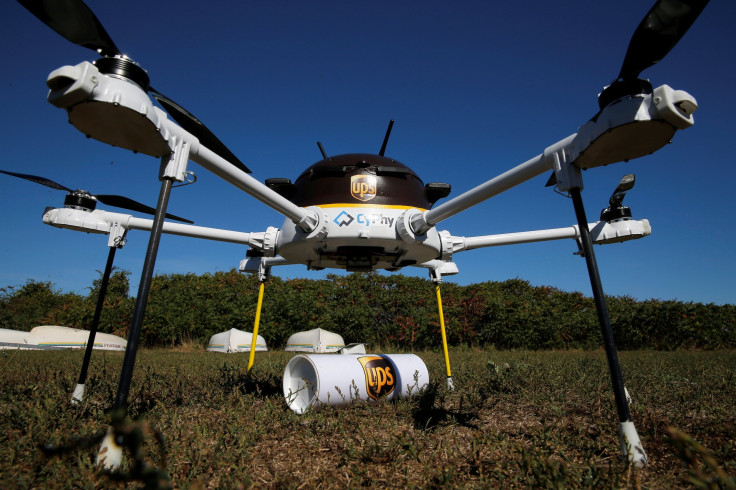JD X, Nvidia Partner On Drones For Deliveries, Rescue, Agriculture

Nvidia, the company which is renowned for making smartphone and PC Graphics Processing Units, is increasingly investing in evolving technologies such as self-driving and drones. The company has partnered with retailer JD.com for an outdoor robotics initiative, which will use drones for making deliveries, helping in rescue operations and agriculture.
The retail giant’s innovation lab, JD X has created two new robots called the JDrone and JDrover. While the JDrone will be an autonomous aerial vehicle, the JDrover will be a ground-based drone and will use the Nvidia Jetson platform for embedded artificial intelligence (AI) based navigational intelligence to navigate different terrains.
“Complex outdoor situational awareness requires a platform that delivers unprecedented capabilities for deep learning and visual processing in a small form factor. The high performance of Jetson combined with its low power consumption and cost was the reason why we selected it for all of our logistics and delivery initiatives,” Yuqian Li, head of JDrover team at JD X stated in a press release.
While the JDrone will navigate the terrain, the JDrover will be used to make last-mile deliveries. It is being tested at college campuses across China.
The JDrones will fly at speeds of up to 100 kilometers per hour and will be able to deliver packages up to 30 kilograms. JD X claims that it is testing models with delivery capacities of up to 200 kilograms.
JD X claims that it will release 1 million drones over the coming five years.
According to Nvidia and JD X, drone deliveries will not only provide the last mile coverage in rural areas affected by poor infrastructure, it will reduce the logistics fees by 70 percent.
The company has already used the drone to help farmers. JD X claims that it sprayed pesticides over 500 hectares in China’s northeast Liaoning province using 20 drones in five days, which would have taken 50 people 200 days to do using traditional methods. In doing so, the drones protected farms from a plague of insects.
The JDrover, meanwhile will navigate through crowded streets and use facial recognition to deliver packages to customers and will evolve in its usage using AI. The important fact though is that the robot which is essentially a four-wheeled vehicle, will also follow traffic regulations, avoid obstacles and take the safety of pedestrians into consideration just like regular cars need to. To do so, it will use on-board image processing and analysis using Nvidia Jetson AI.
The most crucial part that the project needs to get right is the AI since it is basically what will make the difference in navigating yet uncharted terrain when it comes to deliveries. Also, for the JDrover to ply on the roads, it will need to get knowledge of roads and traffic regulations right and evolve according to usage.
© Copyright IBTimes 2024. All rights reserved.











